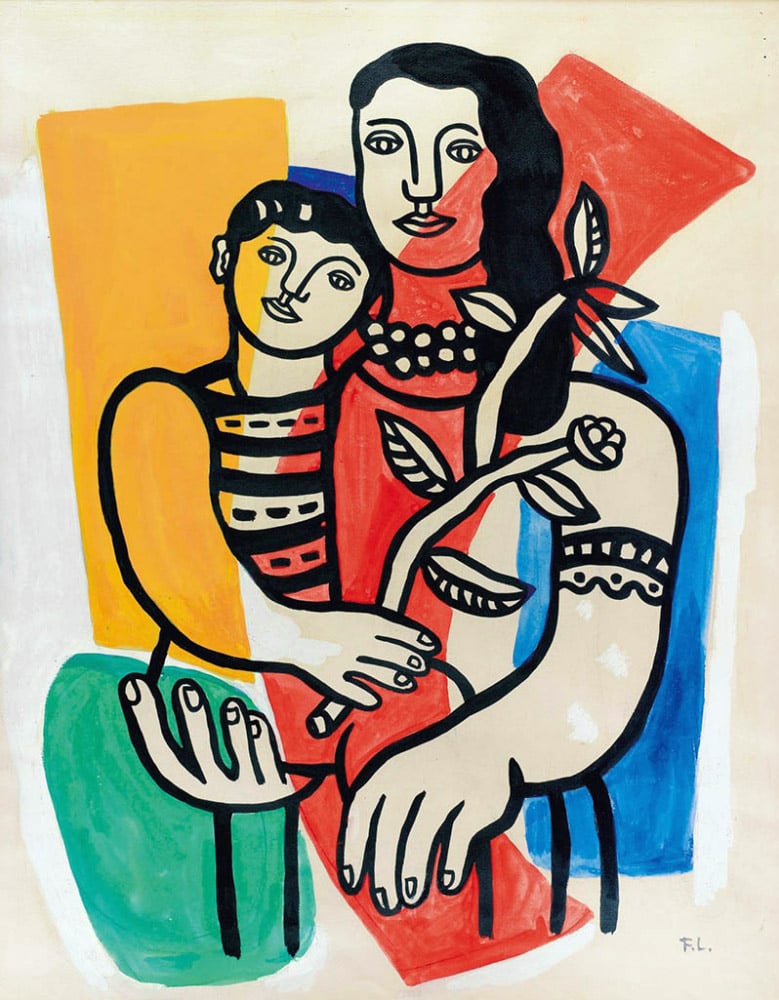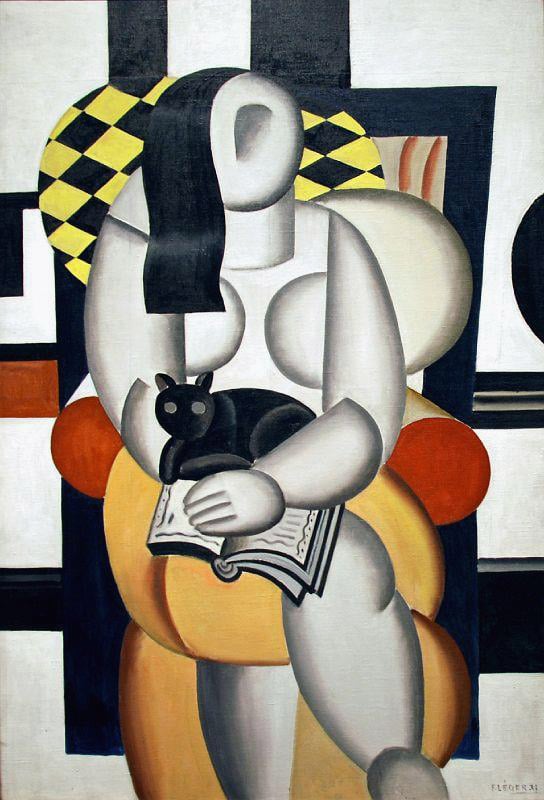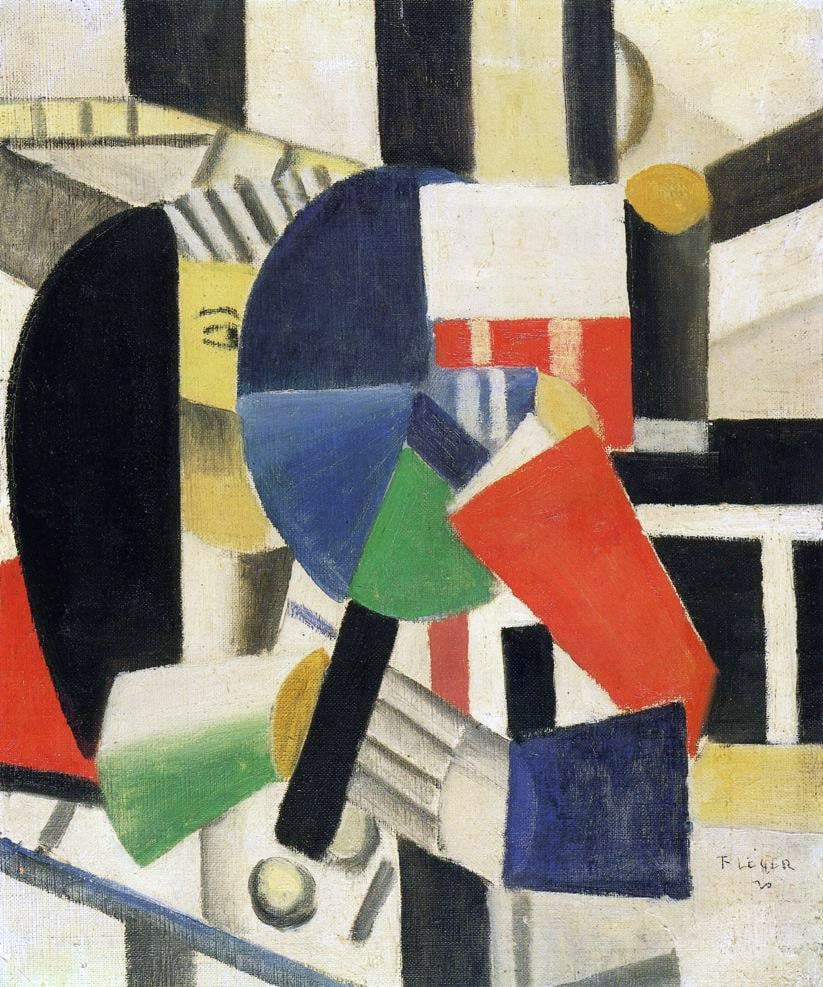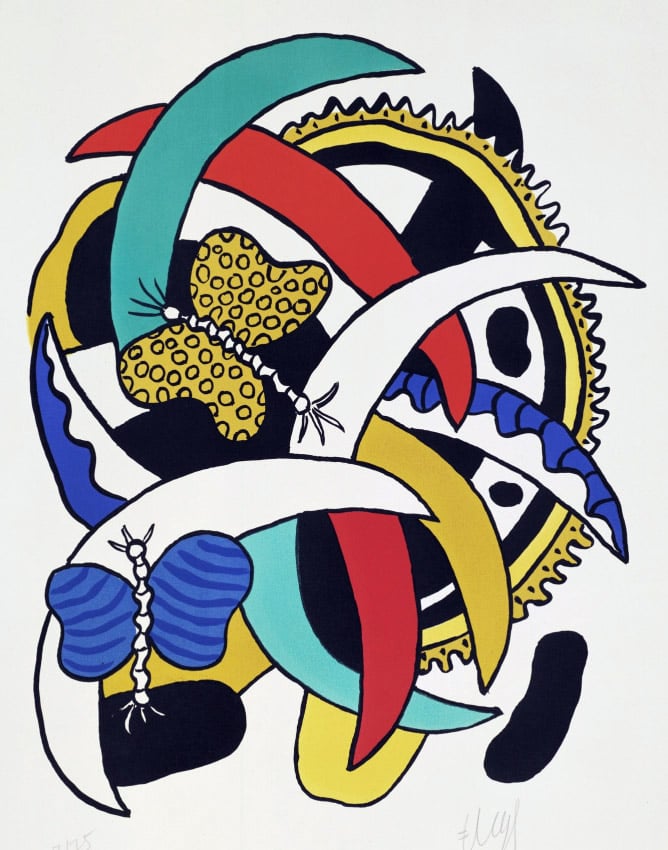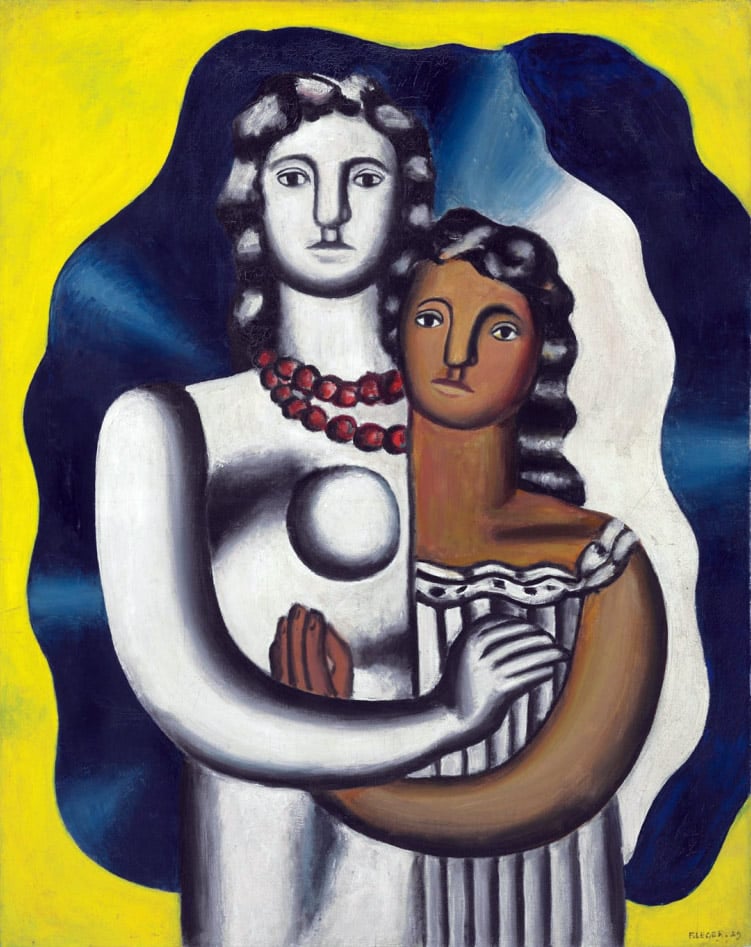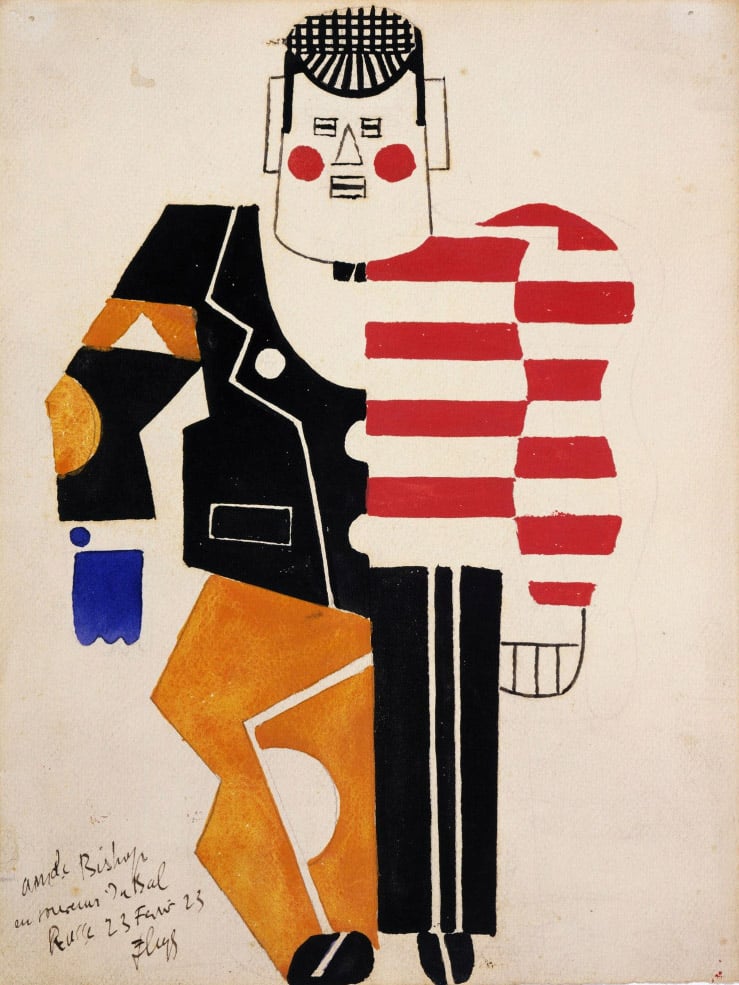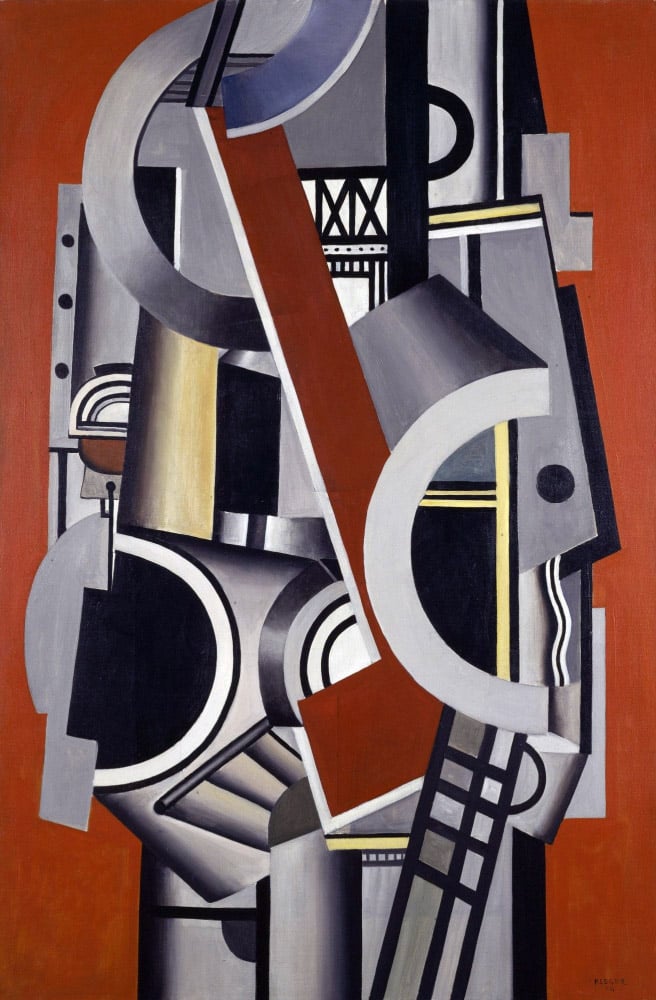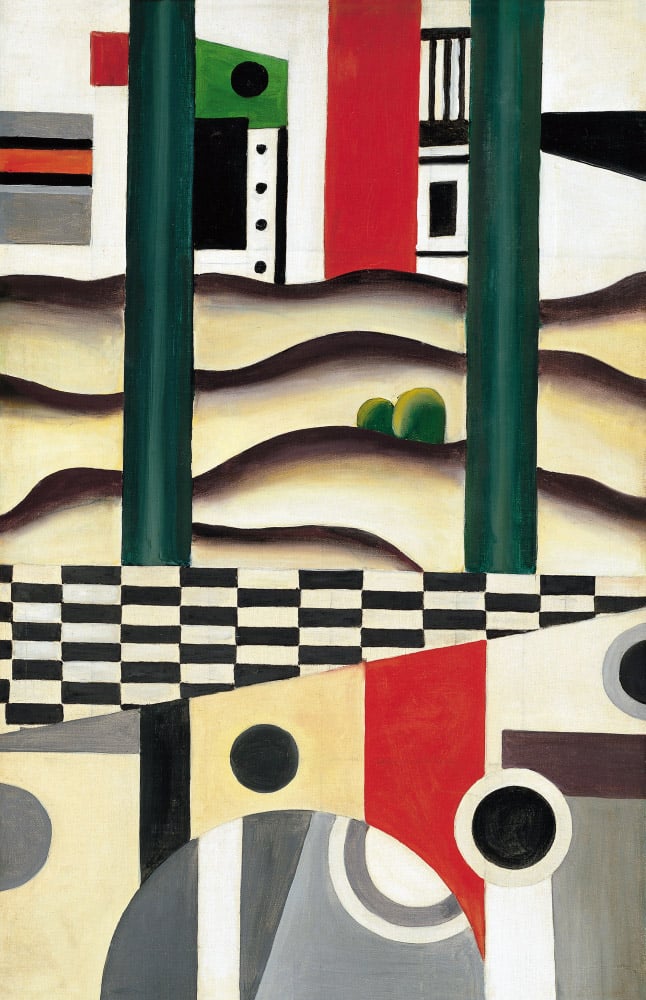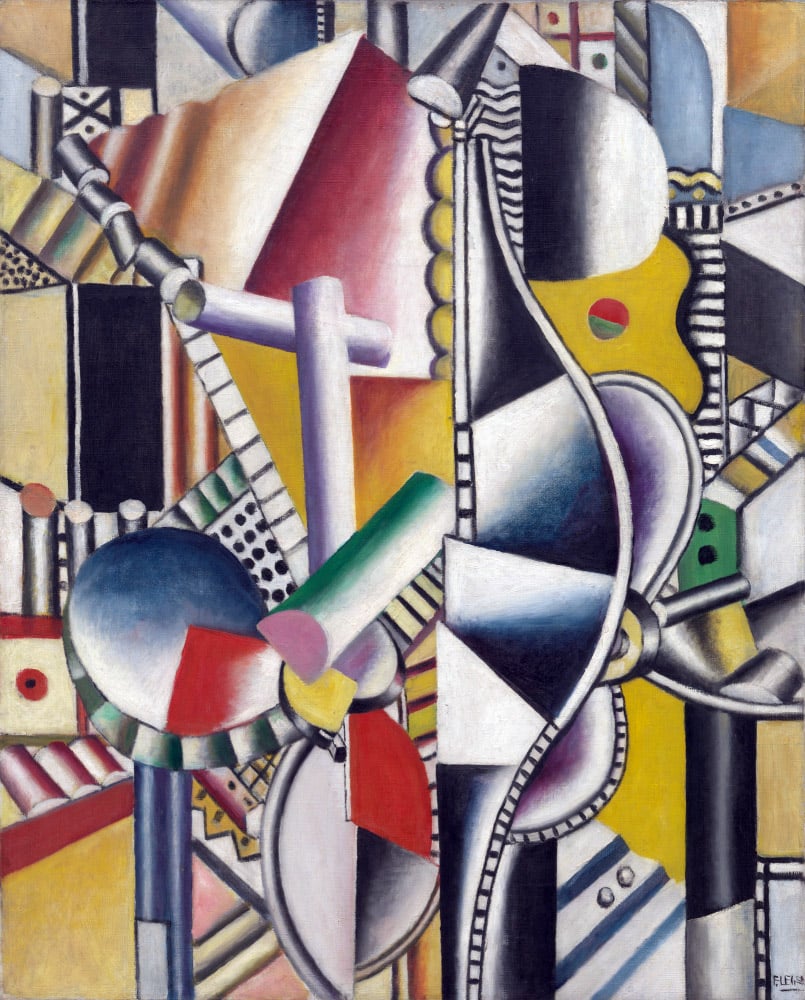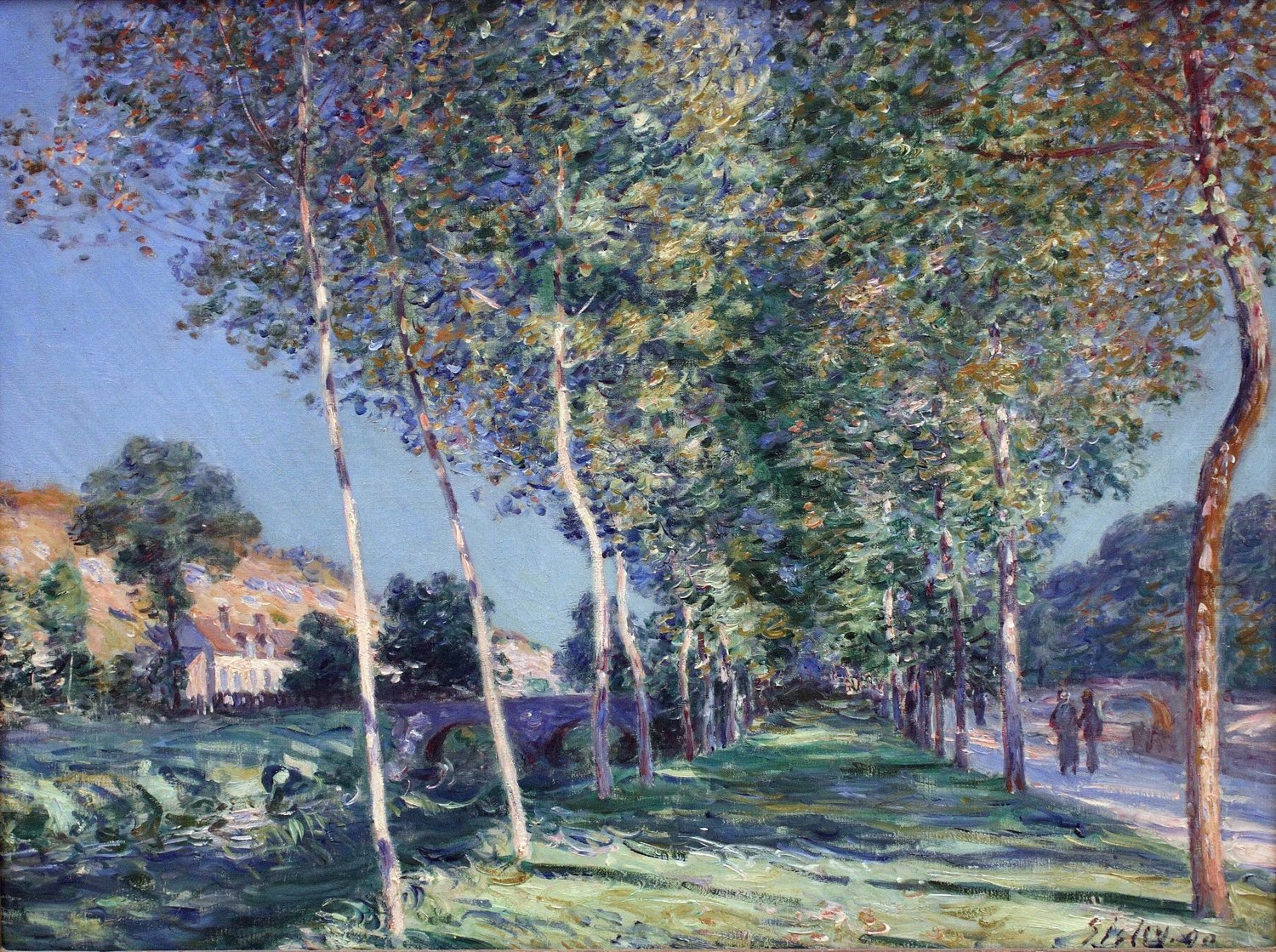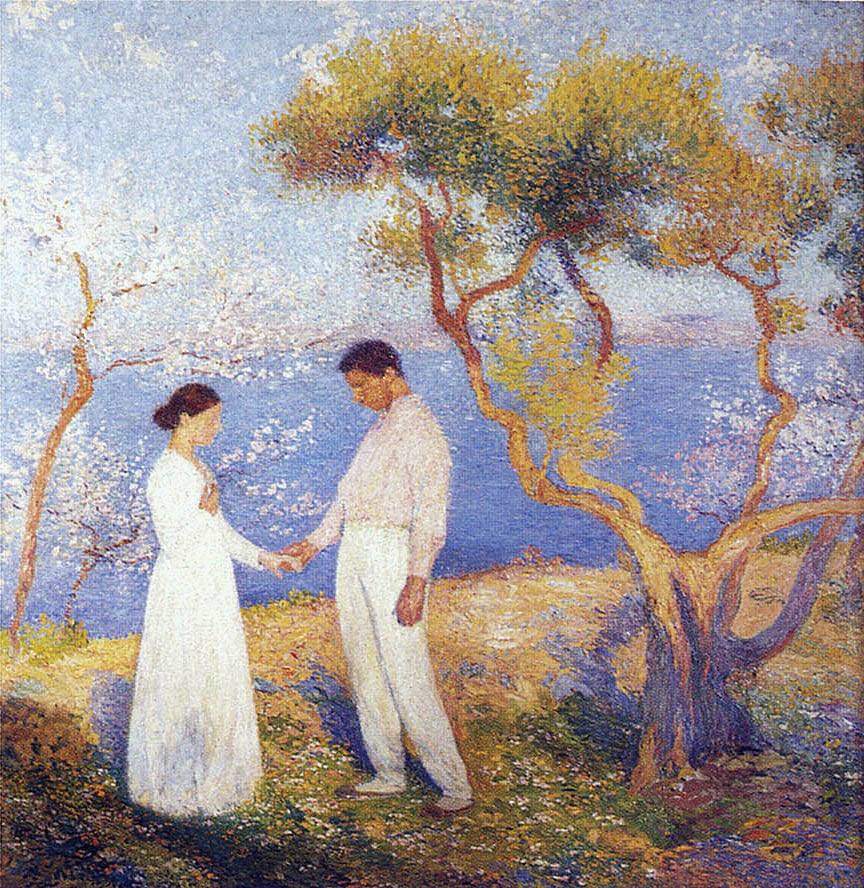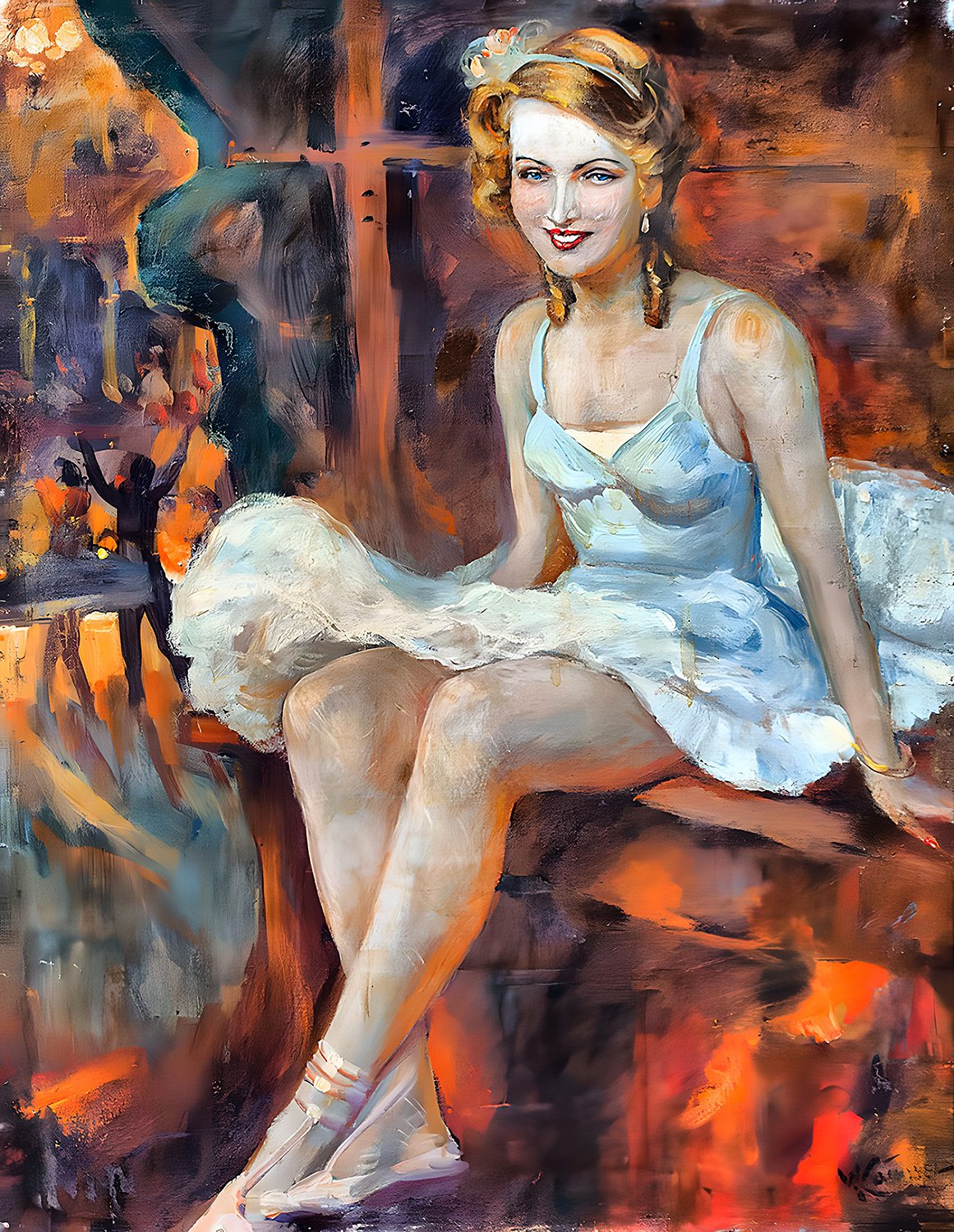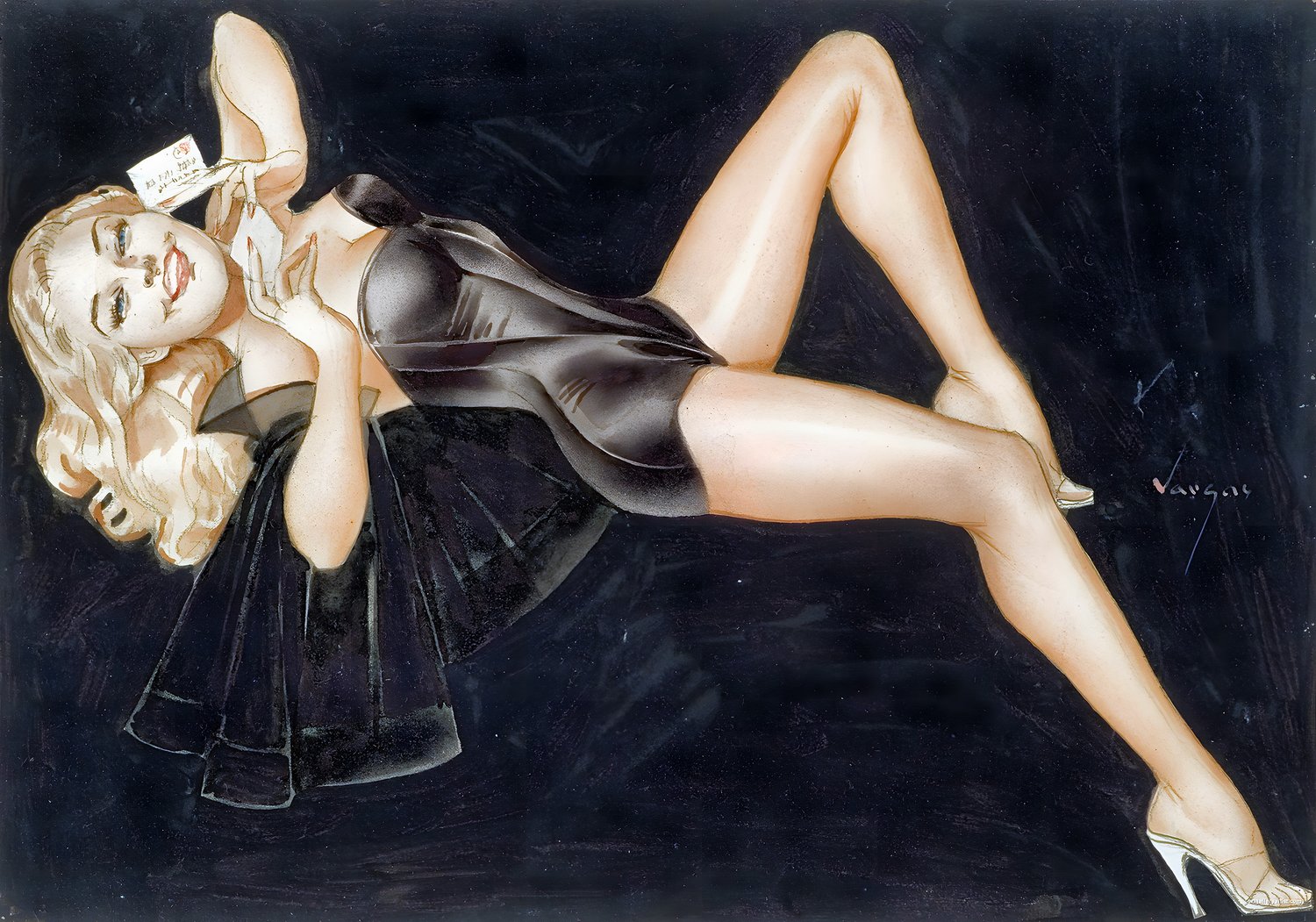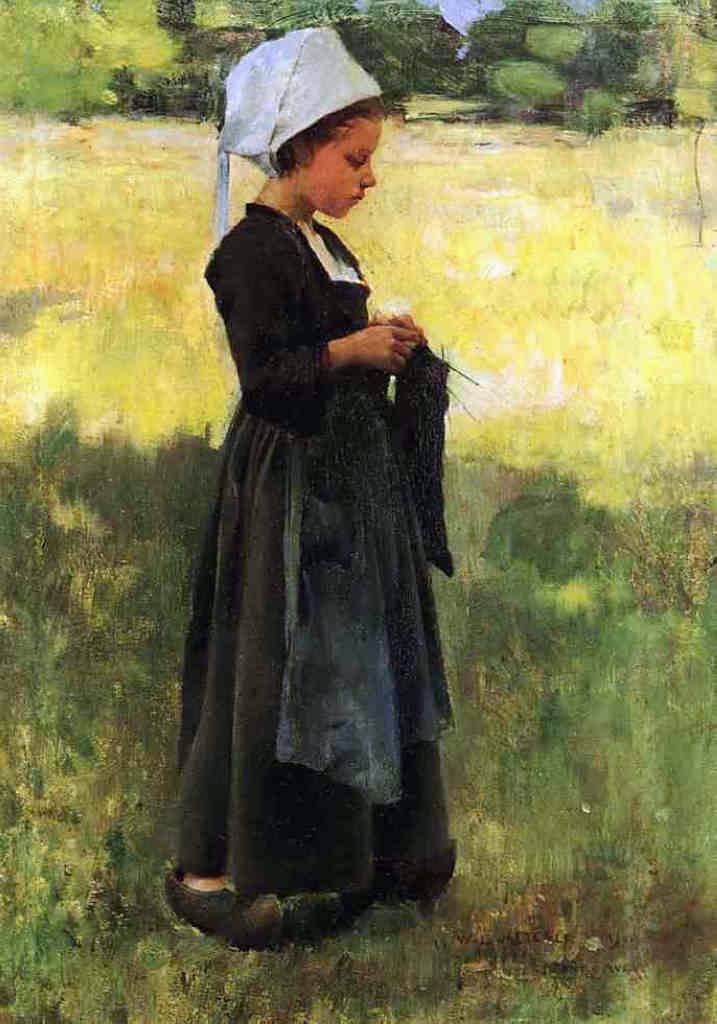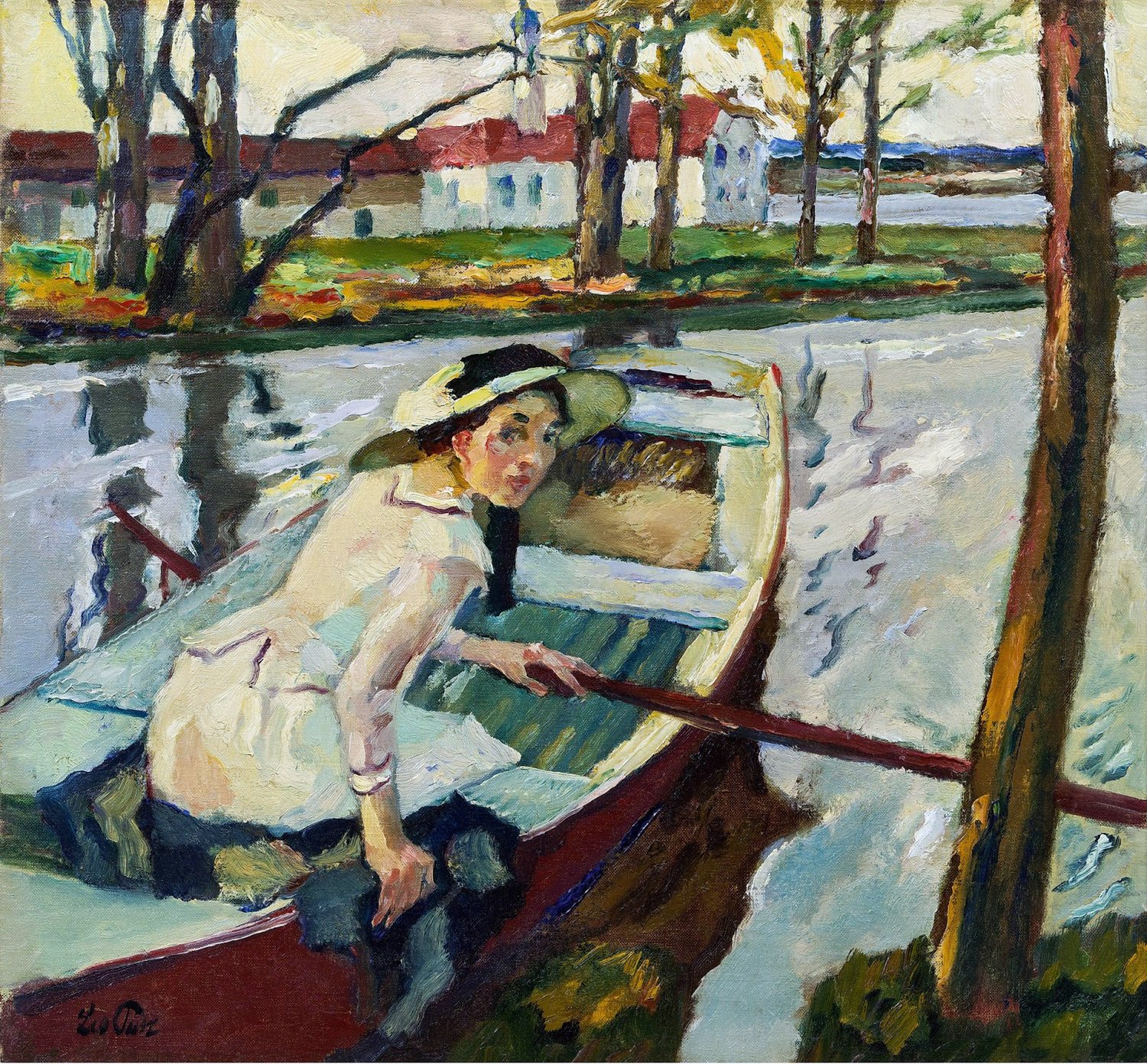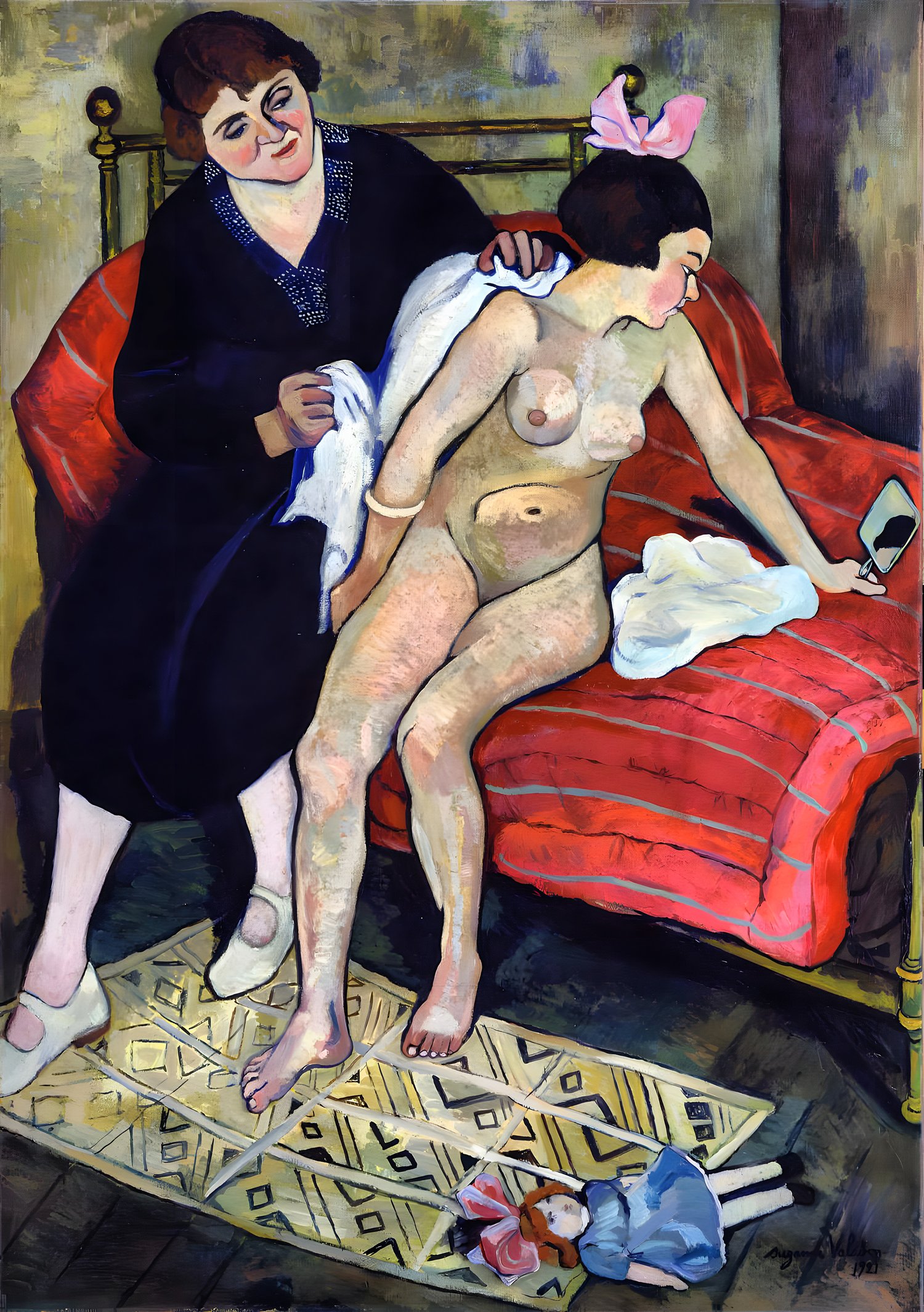Fernand Leger
On Sale
$0.00
$3.99

E-book in PDF-format with quantity of masterpieces of this artist for your Home Museum.
Fernand Léger (Fr. Joseph Fernand Henri Léger, 1881–1955) was born in February 1881 in Normandy in the family of a livestock breeder. His father died very early, leaving his son with his beloved mother, who, however, absolutely did not understand his child's passion for art.Fernand graduated from the City College, then a church school in Tenshebra, and at the age of 16, his uncle-guardian advised him to go to Cannes to study architecture. In 1899 Fernand moved to Paris, where he worked as a draftsman for three years with the architect, after which he went to serve in the second engineer regiment in Versailles. It was then that he began to show a genuine interest in the aesthetics of completely “non-artistic” objects created by human hands.
Great changes occurred in 1907, when Leger visited the posthumous exhibition of Paul Cézanne, whose work turned his worldview and made him look at the world with different eyes. Fernand moved to “The Hive” (La Rouche), a well-known complex of cheap workshops where the followers of cubism were concentrated at that time.
This current captured him for a long period, and he gave the world such canvases as "Nudes in the forest", "Mechanical elements on a red background" and "Soldier with a pipe."
Leger belonged to the radical cubists, and, following the canons of style, decomposed everything that could be decomposed into the simplest elements. He will use this method in his works for a long time.
And then the war began. The service in the engineer troops, gas poisoning, the subsequent treatment at the hospital for several years interrupted active creative work and became for Léger years of deep reflection.
In 1922, the artist said the following: “Three years without a single brush stroke, but in direct contact with the most brutal and crude reality. Having received freedom, I benefit from these difficult years, I make a decision: creating plastic images I will use only pure and local colors and large volumes, without making any compromises. I am not afraid to admit: I was formed by the war. ”
Since then, in his work for a long time the theme of various mechanisms, machines and people in the city appeared. Pictures "Mechanic in the shop", "Acrobats in the circus," "Two workers in the woods" and others clearly demonstrate the primacy in the world of "industrial." The palette of works becomes brighter, colors are brighter, and most importantly - joy appears.
The love for man and the awareness of his importance nevertheless came to Fernand Leger, but they only appeared in the late works of the artist.
The versatility of talent made itself felt not only in the visual arts - Fernand Leger was engaged in cinema, sculpture, mosaics, stained glass windows and painted architectural structures. But what is interesting is that he himself throughout his life was absolutely convinced that he was creating exclusively within the framework of impressionism.
Fernand Léger died on August 17, 1955 in the town of Gif-sur-Yvette in the historic Ile-de-France region of France.


